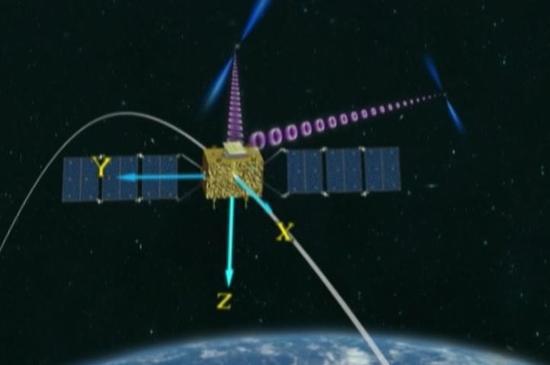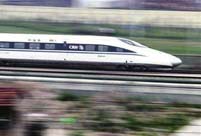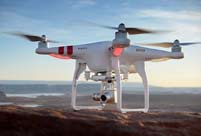


The China Academy of Space Technology has announced plans to launch the world's first X-ray pulsar navigation satellite (XPNAV-1) in November, Xinhua reported.
The move brings autonomous spacecraft navigation and a more precise deep-space GPS one step closer to reality.
X-ray pulsar navigation is an innovative navigation technique wherein periodic X-ray signals emitted from pulsars are used to determine the location of a spacecraft in deep space.
Current ground-based navigation methods are limited by the time delay between spacecraft and the Earth. However, for certain type of pulsars, called "millisecond pulsars," pulses of radiation occur with the regularity and precision of an atomic clock. As a result, in some scenarios, the pulsar X-ray can take less time to estimate a location. This leads to more precise measurements of a spacecraft’s location.
However, since X-rays from pulsars are absorbed by the atmosphere, scientists must launch satellites to continue research of the new technology.
According to Shuai Ping, chief scientist behind the research of XPNAV-1 satellite, the key aim of this satellite is to detect the details of X-ray signals of 26 nearby pulsars, and to create a "pulsar navigation database." This target could be achieved within five to 10 years, Shuai estimates.
X-ray pulsar navigation techniques are an improvement over the current navigation methods of the ground-based Deep Space Network (DSN) and the European Space Tracking (ESTRACK) network. The time delay affecting DSN and ESTRACK can be up to several hours for a mission taking place near the outer planets, and even longer for a mission outside the solar system.
 Top 10 Chinese tech and engineering marvels
Top 10 Chinese tech and engineering marvels Chinese footwear tycoon brings jobs, economic benefits to Ethiopia
Chinese footwear tycoon brings jobs, economic benefits to Ethiopia China develops reusable spacecraft for manned lunar missions
China develops reusable spacecraft for manned lunar missions More ‘agile fleets needed’ to tackle sea challenges
More ‘agile fleets needed’ to tackle sea challenges Delivery boy becomes the third richest man in China
Delivery boy becomes the third richest man in China China to build 30,000 new kilometers of railway before 2020
China to build 30,000 new kilometers of railway before 2020 Absence of regulations casts shadow on China’s booming UAV industry
Absence of regulations casts shadow on China’s booming UAV industry China's place on world governance index sets unique example for developing countries
China's place on world governance index sets unique example for developing countries Expectations high for China-Vatican relations in 2017
Expectations high for China-Vatican relations in 2017 The power of 'She' in China
The power of 'She' in China Seven most beautiful art museums in China
Seven most beautiful art museums in China Top 10 European patent applicants in 2016
Top 10 European patent applicants in 2016 Chasing the world's prettiest flowers
Chasing the world's prettiest flowers Creativity doesn't stop when nap time calls
Creativity doesn't stop when nap time calls Sino-US ties can’t neglect mutual respect
Sino-US ties can’t neglect mutual respect Film trails drifting Westerners who impersonate qualified people for a living in China
Film trails drifting Westerners who impersonate qualified people for a living in China
 10,000 artifacts from ancient 'King of the West' unearthed in Sichuan
10,000 artifacts from ancient 'King of the West' unearthed in Sichuan